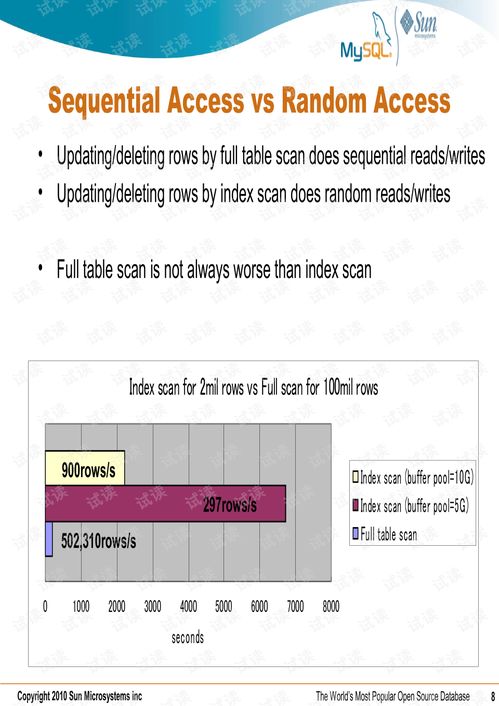Content:
Fishing, an age-old pastime, has captivated the hearts of many. Whether you are a seasoned angler or a beginner, mastering the art of casting is crucial to the success of your fishing adventures. In this article, we will delve into the world of fishing and provide you with invaluable insights on how to improve your casting techniques from a fishing master. So, grab your rod, and let's dive into the fascinating world of casting!
Choosing the Right Equipment
Before we delve into the techniques, it's essential to ensure that you have the right equipment. A good rod, reel, and line are the foundation of successful casting. Here are some tips to help you choose the right equipment:
a. Rod: Select a rod that matches the type of fishing you'll be doing. For instance, a spinning rod is ideal for casting light lures, while a baitcasting rod is better suited for heavier lures.
b. Reel: A spinning reel is recommended for beginners due to its ease of use. For more advanced anglers, a baitcasting reel offers more precision and control.
c. Line: Choose a line that is appropriate for the type of fish you are targeting. Monofilament, fluorocarbon, and braided lines are the most commonly used types of fishing line.
The Basic Casting Techniques
Now that you have the right equipment, let's explore the basic casting techniques:
a. The False Cast: The false cast is a technique used to move the line away from the rod tip and towards the target. It helps to clear any slack in the line and allows you to present your lure in a more natural manner. To perform a false cast, follow these steps:
i. Hold the rod with both hands, with your dominant hand closer to the reel. ii. Point the rod tip towards the target. iii. Take a backcast by moving the rod back towards your body while keeping the line tight. iv. As the line reaches the rod tip, pause and then quickly bring the rod forward to complete the false cast.
b. The Cast: Once you have cleared the line, it's time to make the actual cast. Here's how to do it:
i. Point the rod tip towards the target. ii. Take a backcast, but this time, allow the line to reach the rod tip without pausing. iii. As the line reaches the rod tip, quickly bring the rod forward to complete the cast.
The Roll Cast
The roll cast is a valuable technique for situations where you can't use a traditional cast, such as when fishing in tight spaces or when casting into the wind. Here's how to perform a roll cast:
a. Start with the line in your dominant hand, holding the rod with your other hand. b. Position the rod tip at the 12 o'clock position. c. Move the rod back to the 6 o'clock position while simultaneously moving the line forward. d. As the line reaches the rod tip, quickly bring the rod forward to complete the cast.
The Jig Cast
The jig cast is a powerful technique used for casting heavy jigs and sinking lures. Here's how to perform a jig cast:
a. Start with the line in your dominant hand, holding the rod with your other hand. b. Position the rod tip at the 12 o'clock position. c. Move the rod back to the 6 o'clock position while simultaneously moving the line forward. d. As the line reaches the rod tip, quickly bring the rod forward to complete the cast. e. To add more power to the cast, pull the line forward with your dominant hand as you bring the rod forward.
The Wind Cast

When fishing in windy conditions, the wind cast can be a lifesaver. Here's how to perform a wind cast:
a. Start with the line in your dominant hand, holding the rod with your other hand. b. Position the rod tip at the 12 o'clock position. c. Move the rod back to the 6 o'clock position while simultaneously moving the line forward. d. As the line reaches the rod tip, quickly bring the rod forward to complete the cast. e. To counteract the wind, pull the line forward with your dominant hand as you bring the rod forward.
In conclusion, mastering the art of casting is an essential skill for any angler. By following the techniques outlined in this article, you will be well on your way to becoming a more skilled and successful fisherman. Happy fishing!












